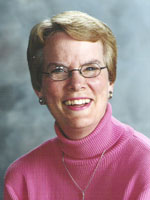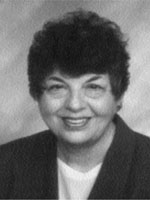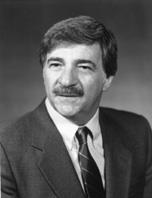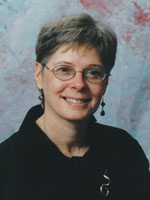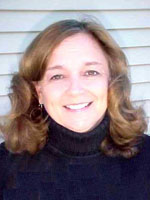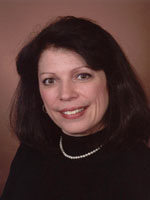Hands-on, Practical Guidance for Educators
From math,
literacy, science, equity, multilingual learners, and SEL, to assessment, school counseling,
and education leadership, our books are research-based and authored by experts
on topics most relevant to what educators are facing today.

The Parallel Curriculum (Multimedia Kit)
Demonstrate how the Parallel Curriculum Model helps educators refine their understanding of a high-quality, comprehensive curriculum to dramatically improve learning and achievement for diverse groups of students.
Includes: DVD (69 min.), Facilitator’s Guide, CD-ROM, Companion Book
- Grade Level: 2-12
- ISBN: 9781412976367
- Published By: Corwin
- Year: 2009
- Page Count: 96
- Publication date: July 21, 2011
Review Copies
Other Titles in: Multimedia Kits & Facilitator's Guides | Physical Impairments | Teaching Methods & Learning Styles

